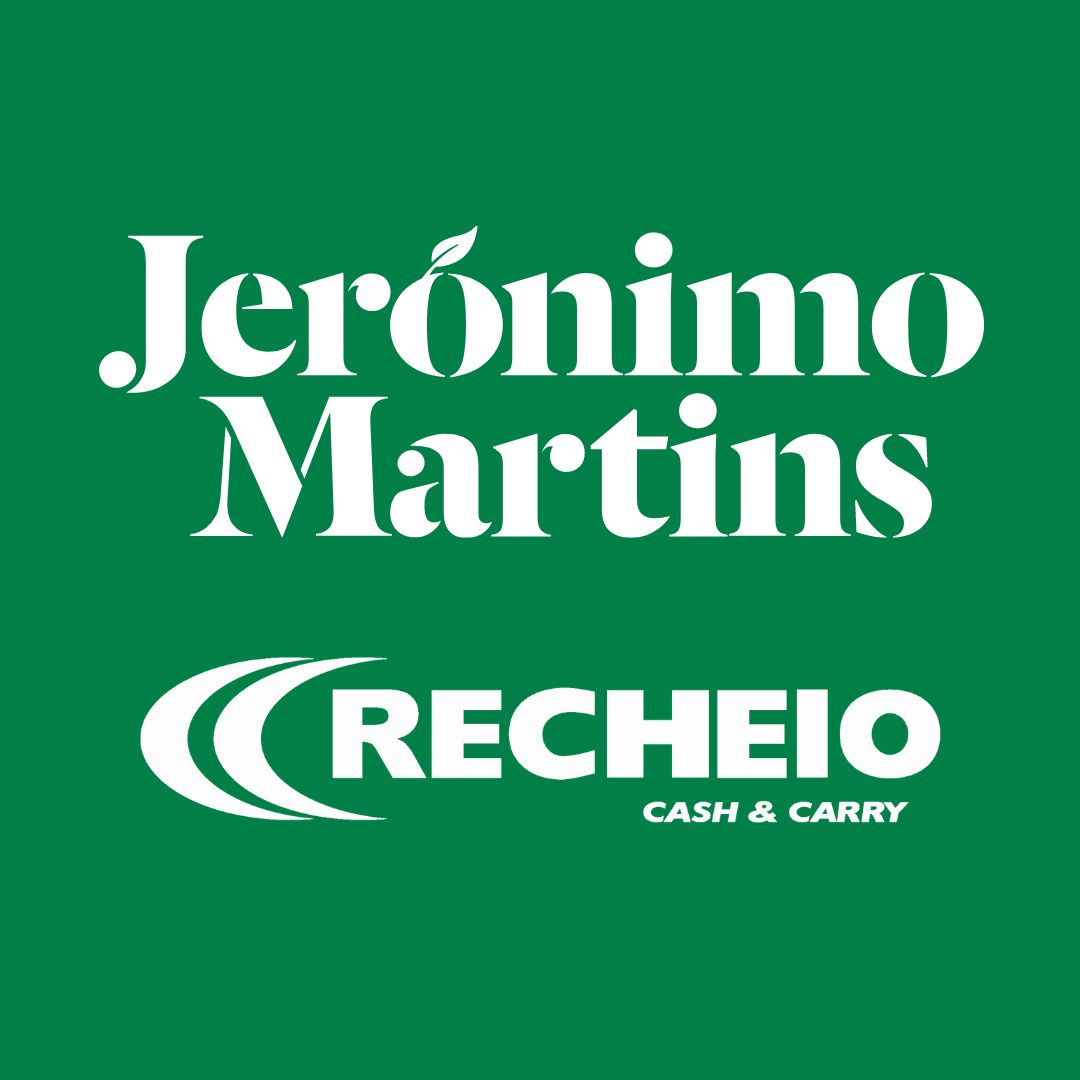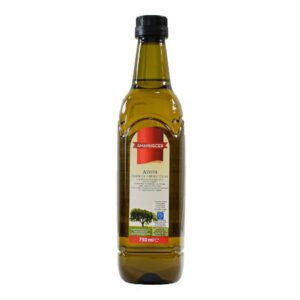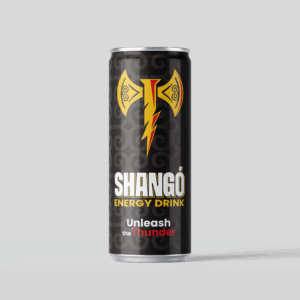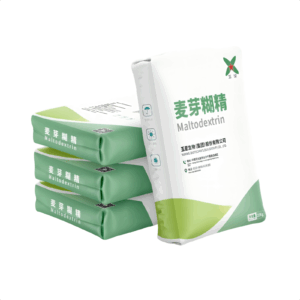
Top 10 Frozen Dessert Brands Shaping the Global Market
The frozen dessert industry is a thriving segment of the global food market, encompassing a variety of indulgent products like ice cream, gelato, sorbet, frozen yogurt, and plant-based alternatives. The global frozen dessert market was valued at approximately $125 billion in 2023 and is projected to reach $175 billion by 2030, growing at a CAGR of 5.7% during the forecast period. Ice cream remains the largest segment, contributing over $70 billion in 2023, while plant-based frozen desserts are gaining traction, with an expected CAGR of 8.5% from 2023 to 2030.
The rise in disposable incomes, urbanization, and consumer demand for premium, functional, and low-calorie treats are driving growth in the industry. North America and Europe dominate the market in terms of revenue, while Asia-Pacific is the fastest-growing region, fueled by increasing middle-class populations and the adoption of Western dessert trends.
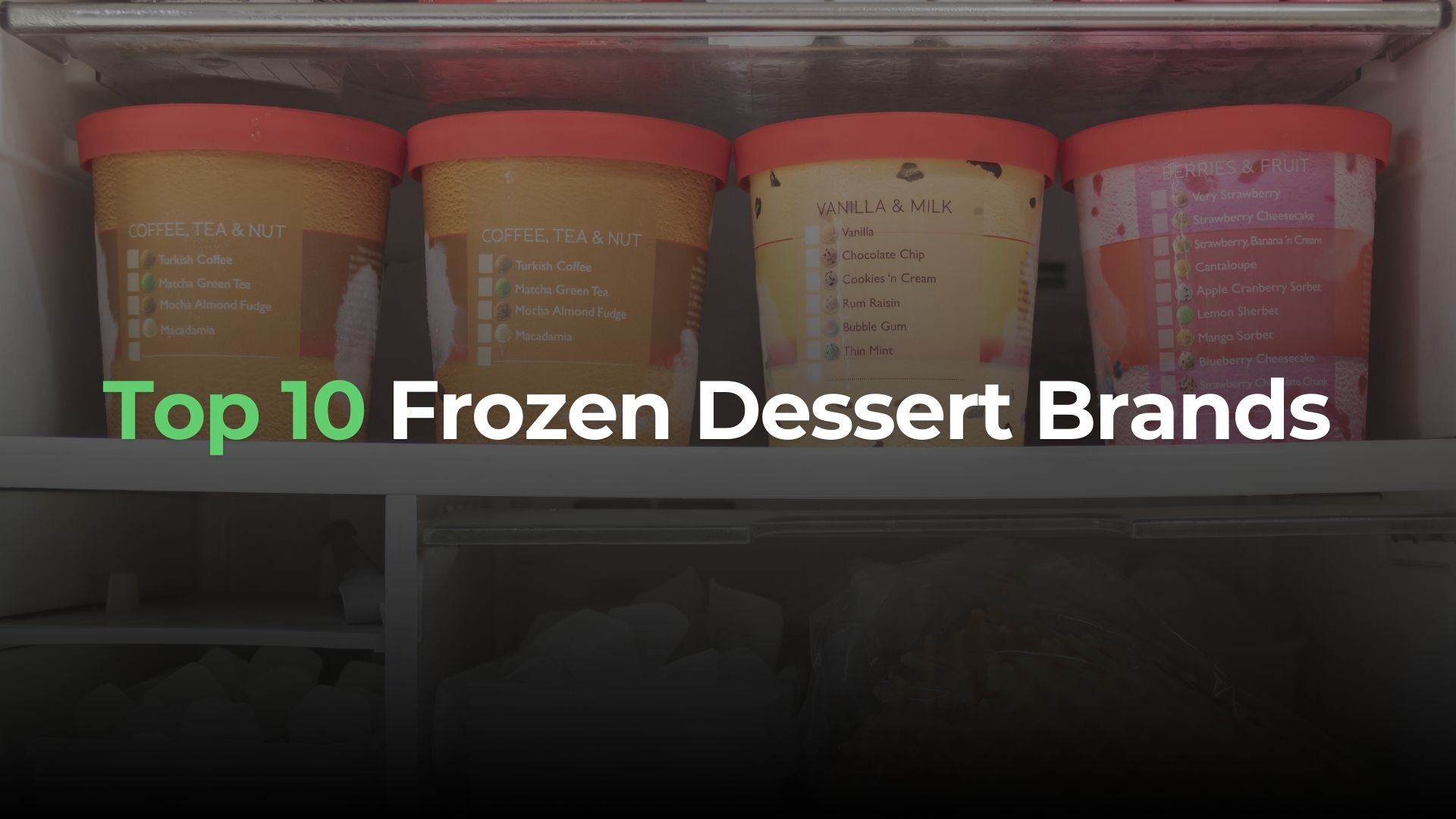
- Ben & Jerry’s
- Headquarters: South Burlington, Vermont, USA
- Why It Stands Out:
Ben & Jerry’s is known for its chunky mix-in flavors and its commitment to social and environmental causes. It leads the market in creativity and advocacy for sustainability. - Key Innovations:
Pioneered the use of fair trade-certified ingredients, launched a popular line of non-dairy frozen desserts, and regularly introduces limited-edition, culturally relevant flavors.
- Häagen-Dazs
- Headquarters: Minneapolis, Minnesota, USA
- Why It Stands Out:
Häagen-Dazs has set the standard for super-premium ice cream with its use of high-quality, natural ingredients and luxurious flavor profiles. - Key Innovations:
Introduced a mini-cup format for portion control, expanded into plant-based frozen desserts, and developed rich, globally inspired flavors such as Matcha Green Tea and Mango Raspberry.
- Baskin-Robbins
- Headquarters: Canton, Massachusetts, USA
- Why It Stands Out:
Famous for its “31 flavors” concept, Baskin-Robbins offers an ever-changing variety of flavors to keep its menu exciting for loyal customers. - Key Innovations:
Regularly rotates flavors and seasonal offerings, such as Pumpkin Cheesecake in autumn and Cotton Candy during summer, and recently introduced vegan-friendly options.
- Magnum
- Headquarters: London, United Kingdom
- Why It Stands Out:
Magnum has redefined indulgence with its signature chocolate-dipped ice cream bars and a strong focus on luxury and decadence. - Key Innovations:
Offers plant-based ice cream bars and collaborations with chocolatiers for premium flavors like Double Caramel and Ruby Chocolate.
- Talenti Gelato & Sorbetto
- Headquarters: Englewood Cliffs, New Jersey, USA
- Why It Stands Out:
Talenti is synonymous with artisanal gelato, featuring small-batch production and natural ingredients. Its transparent packaging highlights its premium quality. - Key Innovations:
Developed unique gelato flavors like Mediterranean Mint and Sicilian Pistachio and launched dairy-free sorbettos to cater to vegan consumers.
- Halo Top
- Headquarters: Los Angeles, California, USA
- Why It Stands Out:
Halo Top disrupted the frozen dessert industry with its low-calorie, high-protein ice cream that appeals to health-conscious consumers. - Key Innovations:
Introduced keto-friendly flavors, dairy-free options, and a line of low-calorie frozen pops to diversify its portfolio.
- Dairy Queen (DQ)
- Headquarters: Edina, Minnesota, USA
- Why It Stands Out:
Dairy Queen is a global leader in soft-serve frozen desserts, famous for its iconic Blizzard treats and Dilly Bars. - Key Innovations:
Seasonal Blizzard flavors like Oreo Hot Cocoa and collaborations with popular candy brands ensure its menu stays fresh and appealing.
- Amul
- Headquarters: Anand, Gujarat, India
- Why It Stands Out:
Amul is the leading frozen dessert brand in India, known for delivering high-quality ice cream at affordable prices. It also pioneers unique, culturally inspired flavors. - Key Innovations:
Introduced flavors like Rajbhog, Shahi Anjir, and Alphonso Mango, which resonate with Indian palates, and expanded its range to include sugar-free variants.
- Breyers
- Headquarters: Englewood Cliffs, New Jersey, USA
- Why It Stands Out:
Breyers is known for offering all-natural ice cream made with non-GMO ingredients and a focus on simplicity. - Key Innovations:
Expanded its product line with lactose-free, carb-smart, and plant-based options to appeal to diverse dietary needs.
- Blue Bell Creameries
- Headquarters: Brenham, Texas, USA
- Why It Stands Out:
Blue Bell is a beloved American ice cream brand with a strong regional following in the southern United States. Its rich, creamy texture and nostalgic flavors make it a favorite. - Key Innovations:
Introduced flavors inspired by Southern traditions, such as Southern Blackberry Cobbler and Banana Pudding.
Key Trends in the Frozen Dessert Industry
- Health-Conscious Alternatives
- Consumers are increasingly gravitating toward low-calorie, sugar-free, and plant-based frozen desserts. Brands like Halo Top and Ben & Jerry’s are leading this trend with innovative product lines.
- Sustainability Focus
- Eco-conscious consumers demand sustainable packaging and responsibly sourced ingredients. Brands like Häagen-Dazs and Magnum are adopting eco-friendly materials and supporting ethical supply chains.
- Premium and Artisanal Offerings
- There is a rising demand for premium products that feature natural, high-quality ingredients and unique flavors. Talenti and Magnum exemplify this trend with their gourmet offerings.
- Functional Ingredients
- Frozen desserts infused with functional ingredients, such as protein, probiotics, or plant-based superfoods, are gaining popularity among health-conscious buyers.
- Digital Engagement and E-Commerce
- Online ordering and direct-to-consumer platforms are becoming integral to how consumers purchase frozen desserts, especially since the COVID-19 pandemic.

Major Challenges in the Frozen Dessert Industry
- Health Concerns Over Sugar and Fat Content
- Overview: Consumers are increasingly aware of the health risks associated with high sugar and fat intake, leading to demand for healthier options.
- Impact: Traditional frozen desserts face scrutiny, pushing brands to innovate with low-calorie, sugar-free, and plant-based alternatives.
- Example: Brands like Halo Top and Breyers are addressing this challenge with high-protein, low-sugar, and non-dairy lines.
- Sustainability Pressures
- Overview: The environmental impact of dairy production and the widespread use of single-use plastic packaging are critical issues.
- Impact: Brands are investing in sustainable practices, such as eco-friendly packaging and reducing carbon footprints in production.
- Example: Häagen-Dazs and Magnum have introduced recyclable packaging, and many companies are shifting toward plant-based ingredients.
- Supply Chain and Raw Material Costs
- Overview: Fluctuations in the cost of dairy, sugar, and other raw materials, compounded by global supply chain disruptions, have created challenges.
- Impact: These issues lead to increased production costs and, ultimately, higher prices for consumers.
- Example: Amul and other regional brands are focusing on local sourcing to mitigate supply chain risks.
- Intense Competition
- Overview: The frozen dessert market is highly competitive, with multinational corporations, local brands, and new entrants vying for market share.
- Impact: Established brands must continuously innovate to maintain relevance and attract new customers.
- Example: Ben & Jerry’s consistently releases limited-edition flavors to stay ahead in the market.
- Changing Consumer Preferences
- Overview: There is a growing demand for vegan, gluten-free, and functional frozen desserts.
- Impact: Brands need to diversify their offerings to cater to a broader audience.
- Example: Magnum and Talenti have successfully launched vegan product lines to appeal to plant-based consumers.
- Seasonal Demand
- Overview: Frozen desserts are often seen as seasonal products, with higher sales during summer months.
- Impact: Brands must focus on strategic marketing and product launches to drive year-round consumption.
- Example: Dairy Queen leverages its Blizzard range with seasonal flavors to maintain interest during colder months.
The frozen dessert industry is evolving rapidly, with innovation, health consciousness, and sustainability shaping its future. Leading brands like Ben & Jerry’s, Häagen-Dazs, and Magnum continue to thrive by addressing these challenges and adapting to consumer preferences.
Platforms like uFoodin provide an ideal space for frozen dessert brands to showcase their innovations, connect with buyers and distributors, and explore new opportunities in a competitive market. By embracing trends and tackling industry challenges, these companies are well-positioned for sustained growth in a dynamic global market.
uFoodin Editorial Team
Bibliography
- Fortune Business Insights: Frozen Dessert Market Analysis
- Statista: Global Ice Cream Market Overview
- Company Reports: Ben & Jerry’s, Häagen-Dazs, Magnum
- Industry Reports: Sustainability and Health Trends in Frozen Desserts
- uFoodin Official Website




